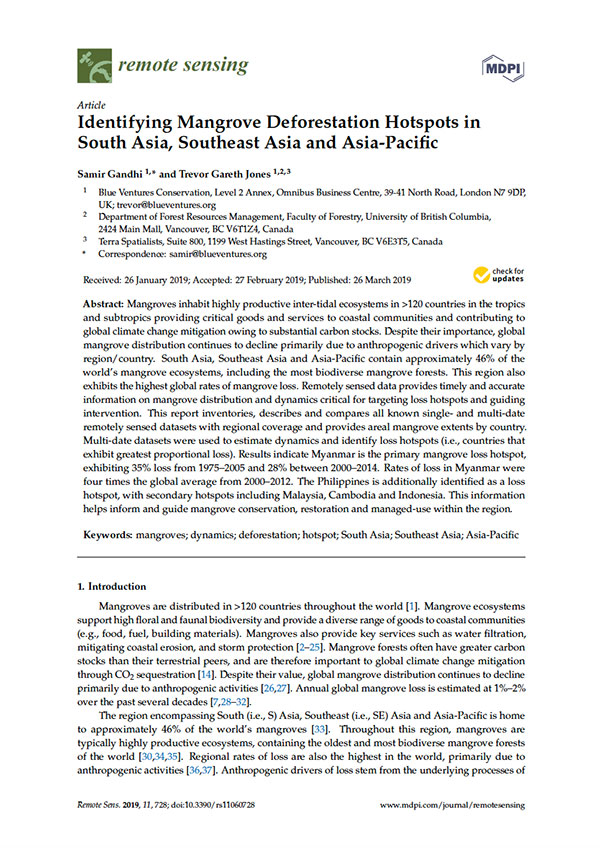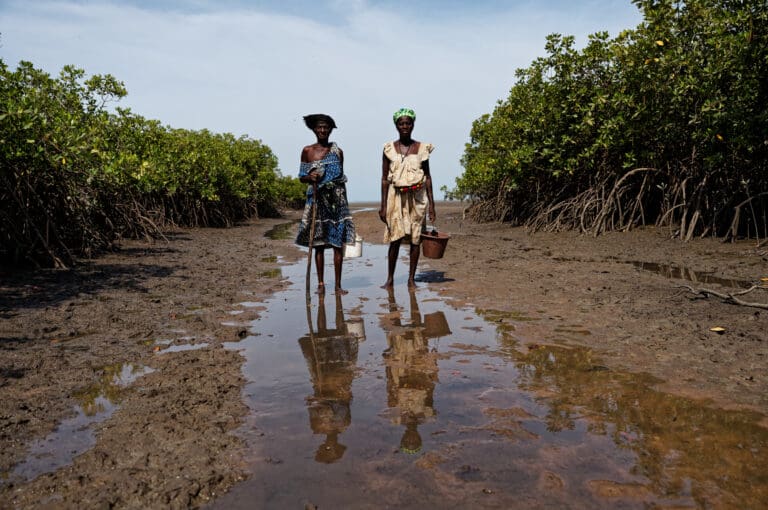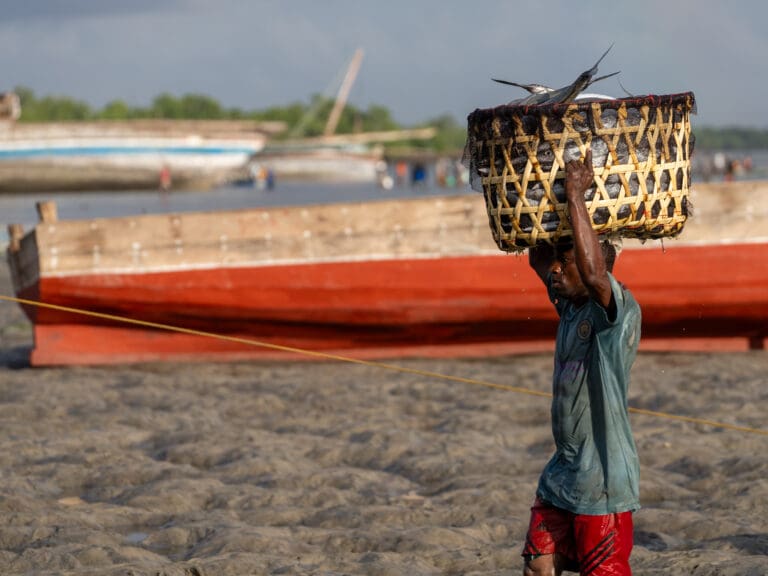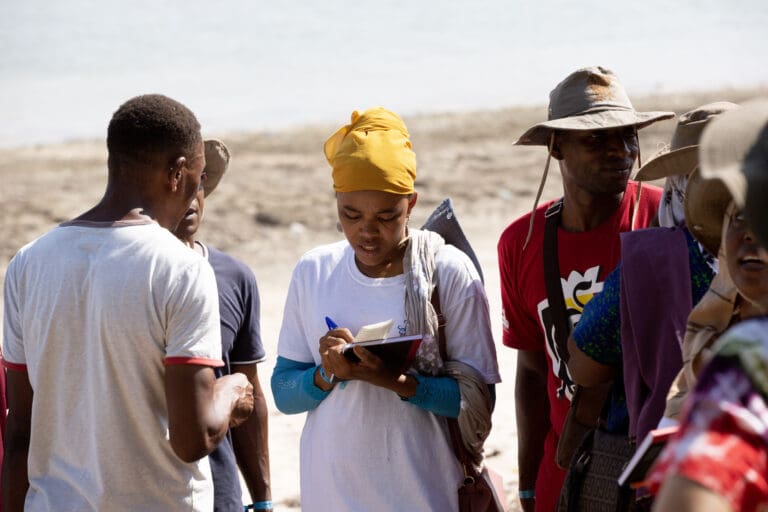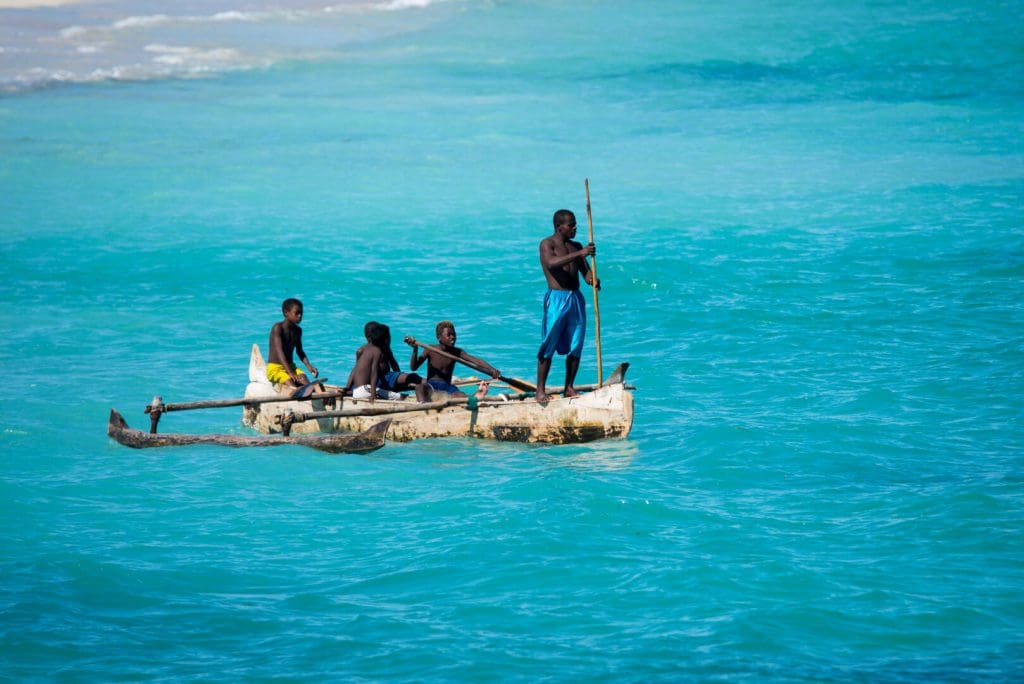Abstract:
Mangroves inhabit highly productive inter-tidal ecosystems in >120 countries in the tropics and subtropics providing critical goods and services to coastal communities and contributing to global climate change mitigation owing to substantial carbon stocks. Despite their importance, global mangrove distribution continues to decline primarily due to anthropogenic drivers which vary by region/country. South Asia, Southeast Asia and Asia-Pacific contain approximately 46% of the world’s mangrove ecosystems, including the most biodiverse mangrove forests. This region also exhibits the highest global rates of mangrove loss. Remotely sensed data provides timely and accurate information on mangrove distribution and dynamics critical for targeting loss hotspots and guiding intervention. This report inventories, describes and compares all known single- and multi-date remotely sensed datasets with regional coverage and provides areal mangrove extents by country. Multi-date datasets were used to estimate dynamics and identify loss hotspots (i.e., countries that exhibit greatest proportional loss). Results indicate Myanmar is the primary mangrove loss hotspot, exhibiting 35% loss from 1975–2005 and 28% between 2000–2014. Rates of loss in Myanmar were four times the global average from 2000–2012. The Philippines is additionally identified as a loss hotspot, with secondary hotspots including Malaysia, Cambodia and Indonesia. This information helps inform and guide mangrove conservation, restoration and managed-use within the region.
Keywords:
mangroves; dynamics; deforestation; hotspot; South Asia; Southeast Asia; Asia-Pacific

